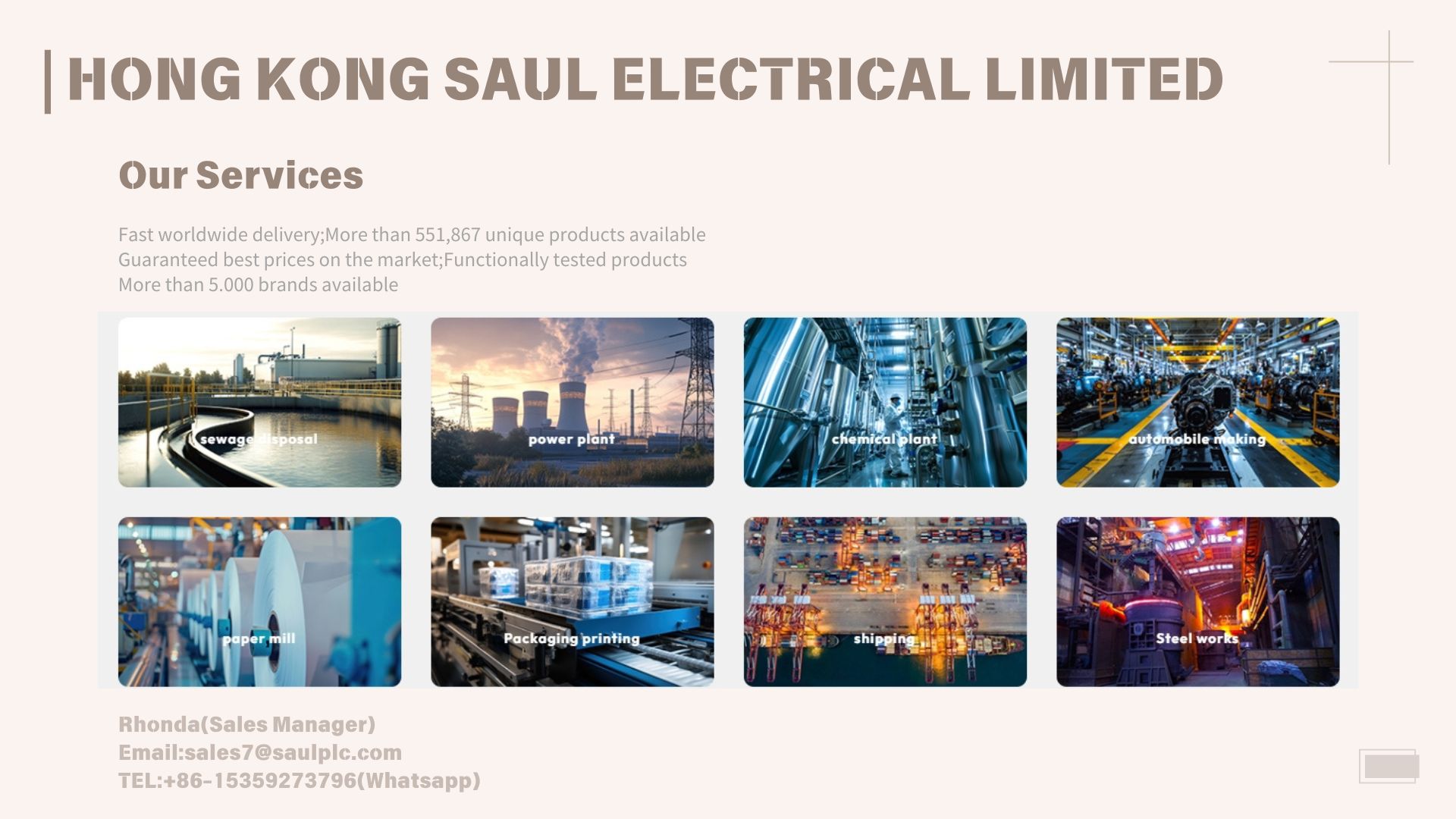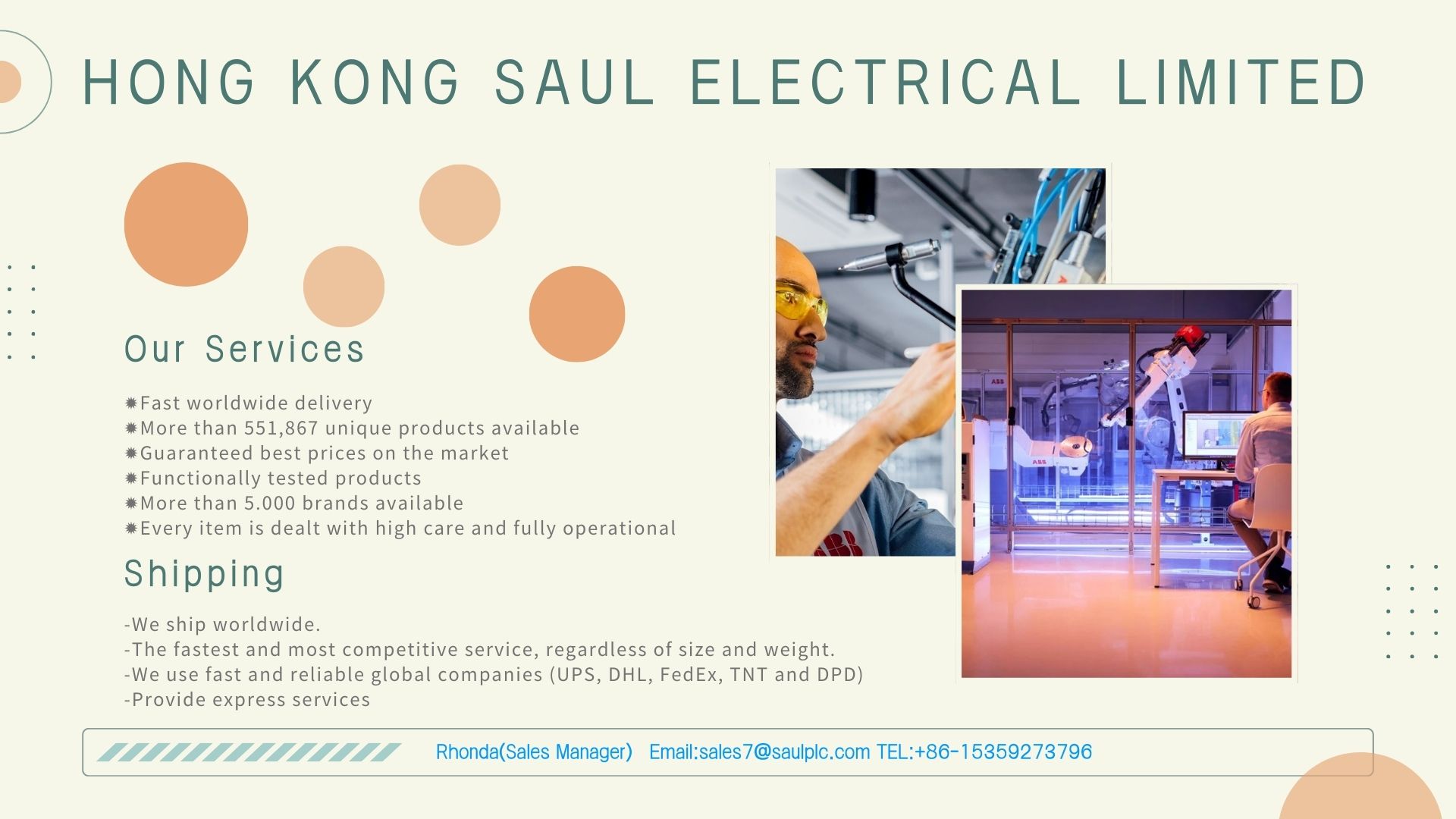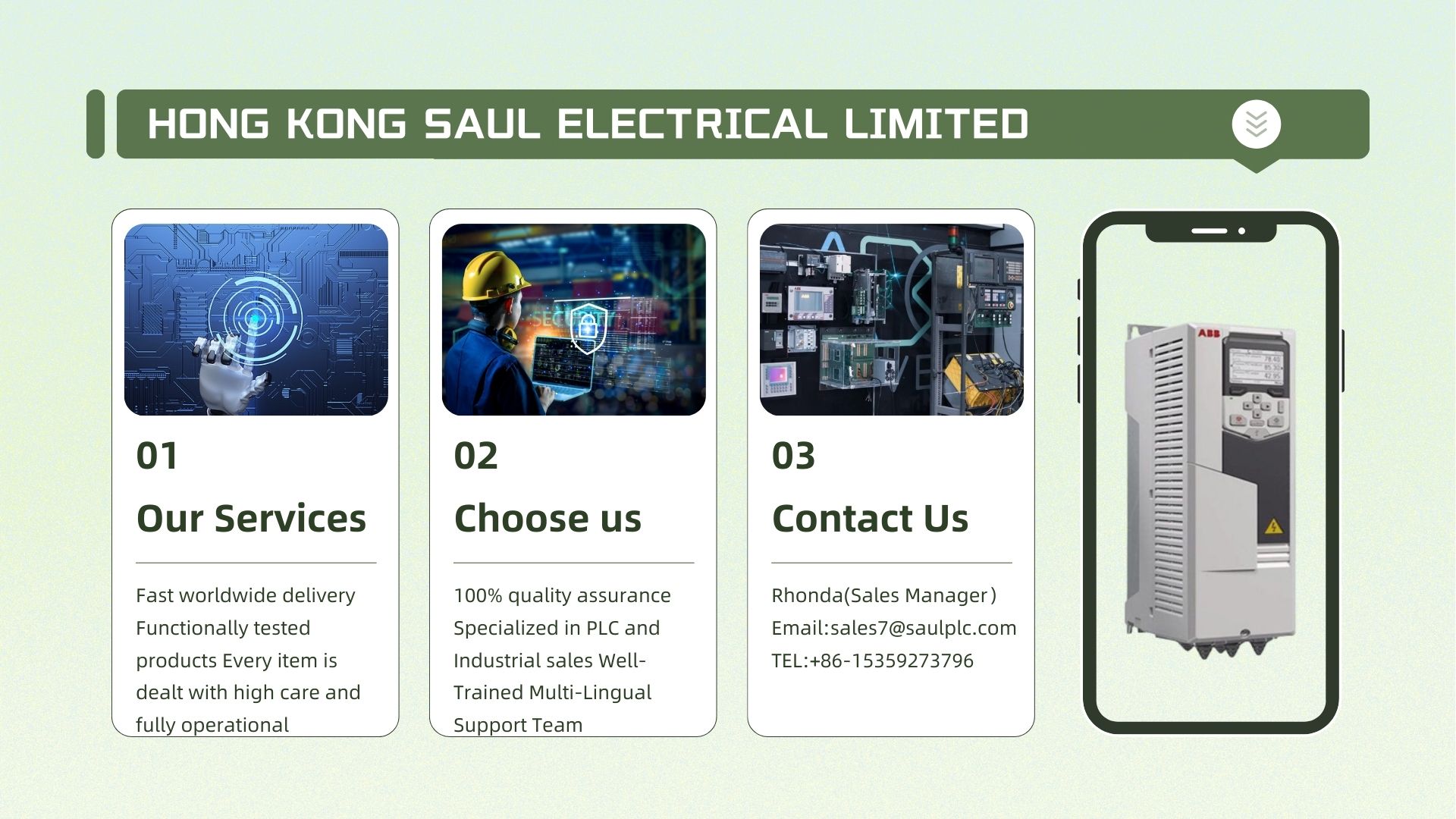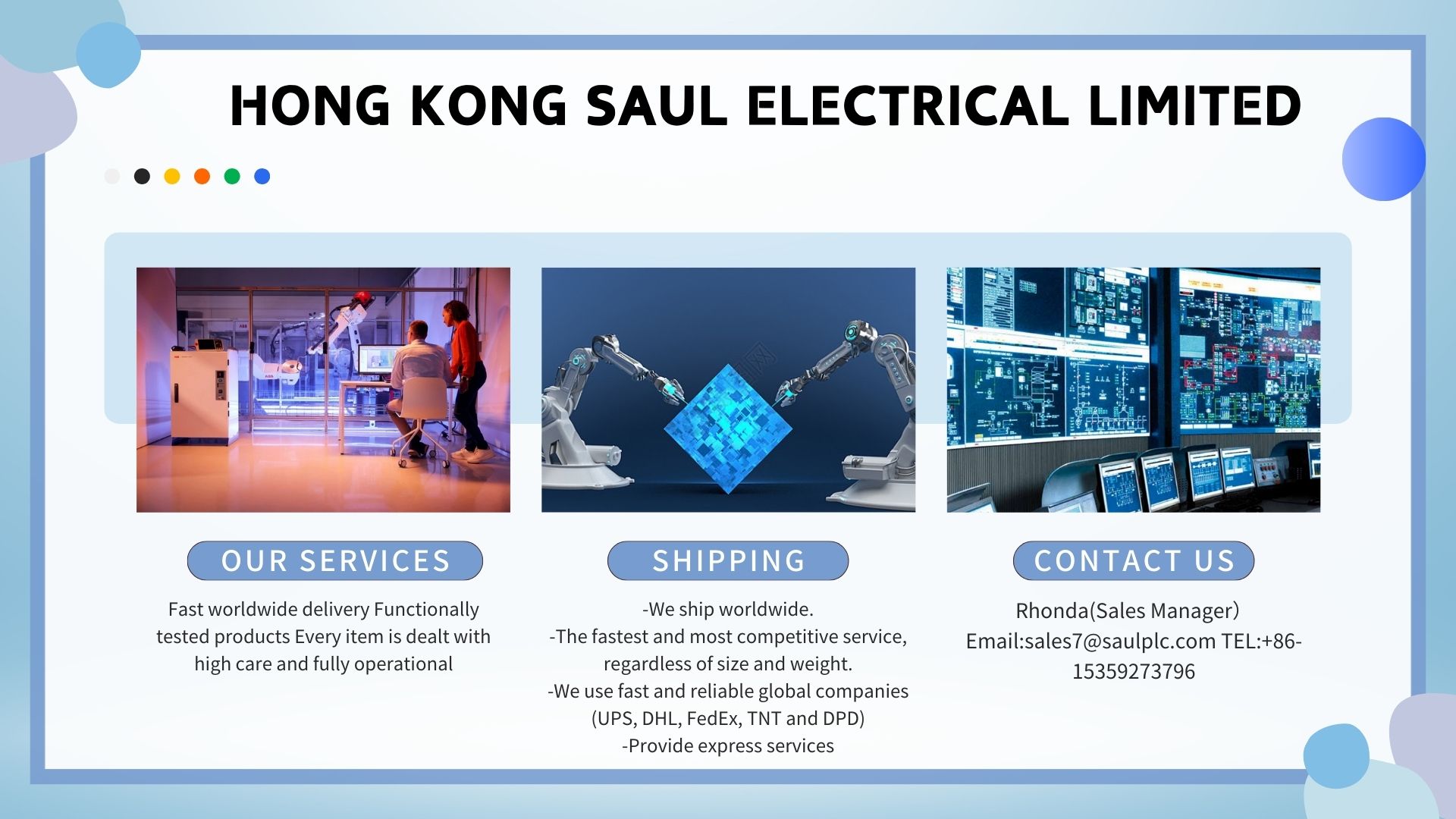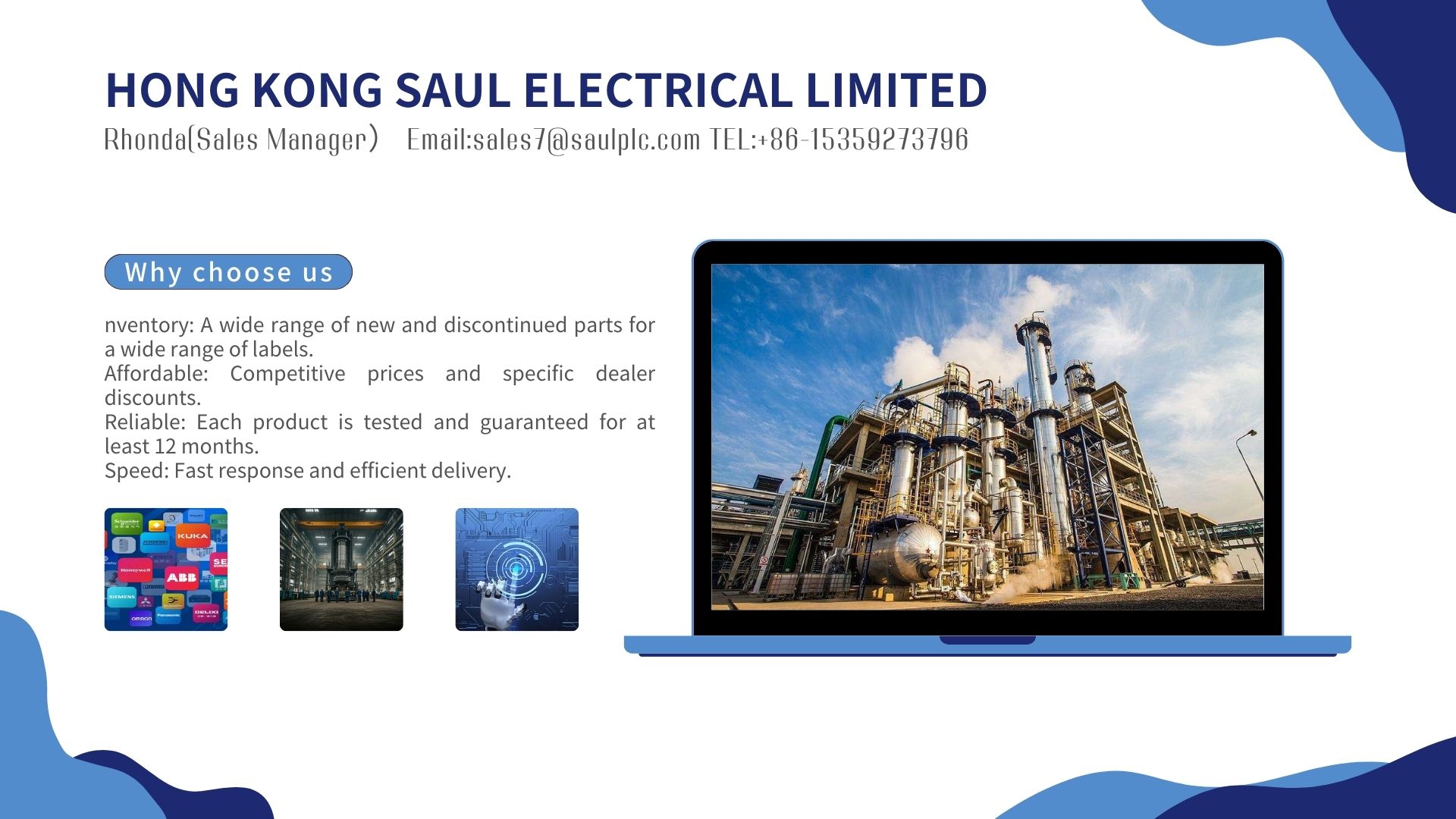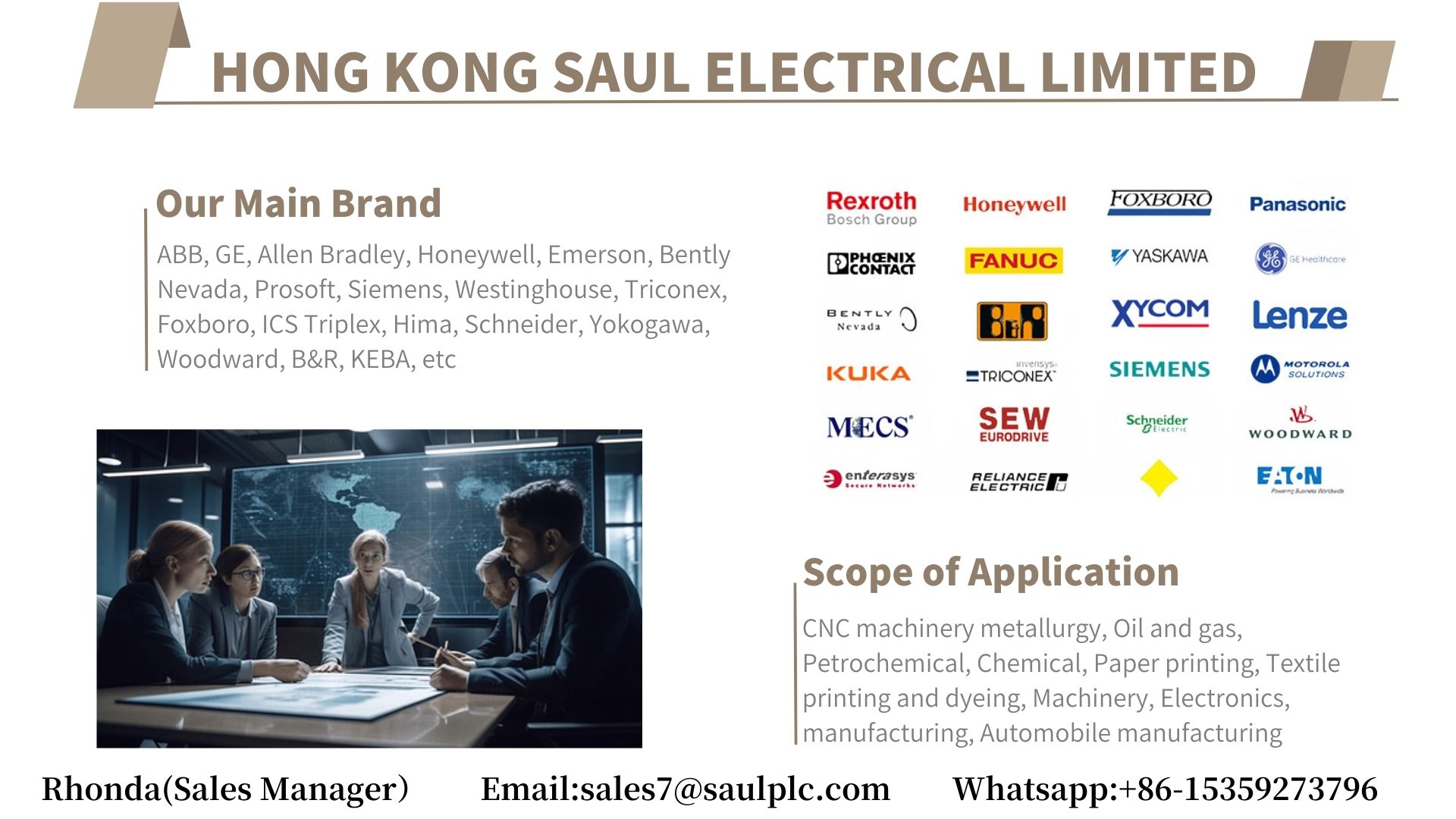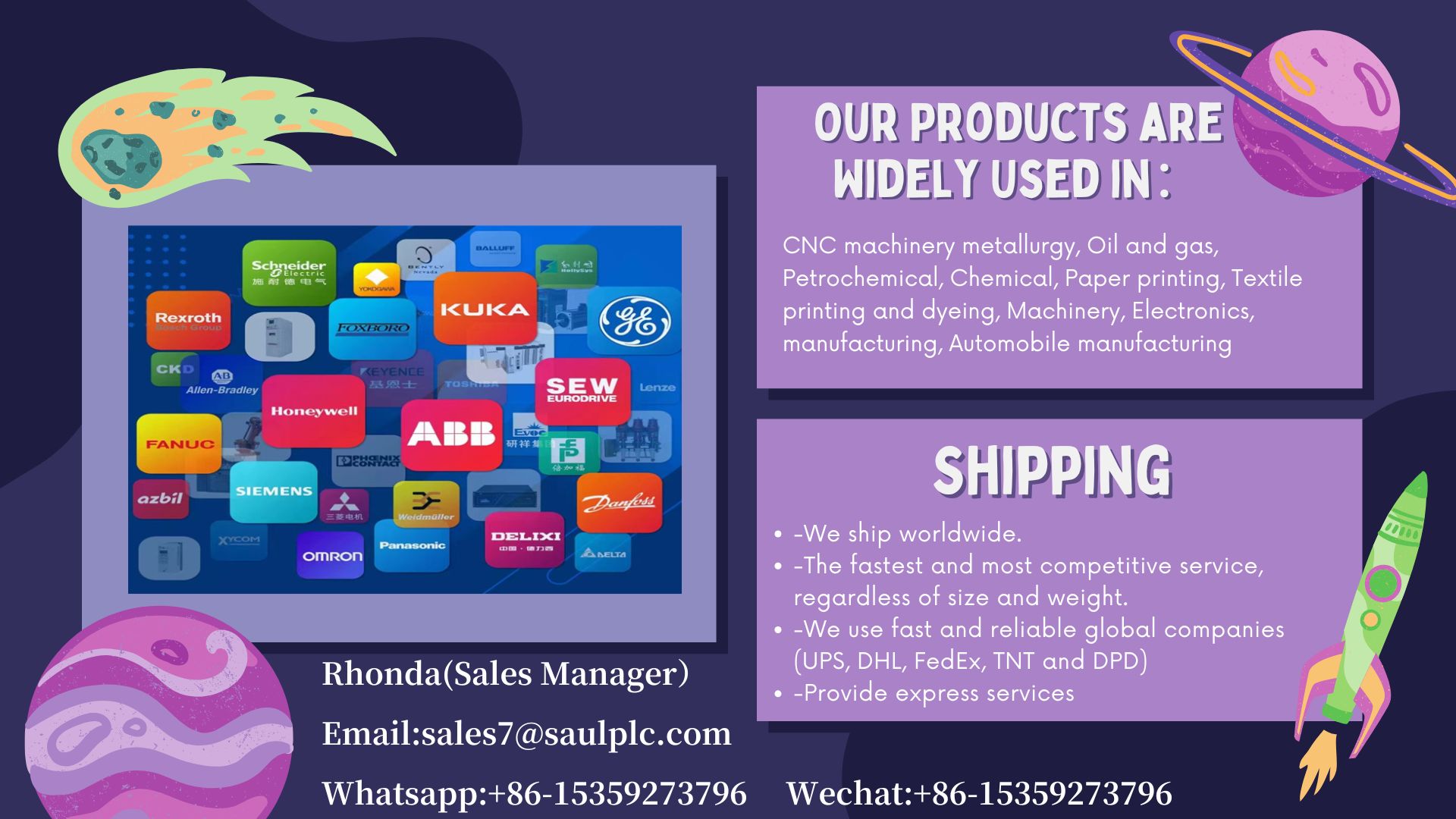USi®-Industry Ultrasonic Sensor System: Redefining Ultrasonic Sensing
Pepperl+Fuchs introduces the innovative USi-industry ultrasonic sensor system, an exceptional addition to its ultrasonic sensor portfolio. This system breaks away from conventional designs with its compact structure, independent transducers, and elliptical sound beam, setting new benchmarks in flexibility and reliability. Built to endure demanding environments, the USi-industry offers robust 3D area monitoring both indoors and outdoors, seamlessly adapting to a variety of industrial applications.

Key Features That Set USi-Industry Apart
Elliptical Sound Beam for Broader Detection
Unlike traditional ultrasonic sensors that use a cone-shaped beam with a circular cross-section, the USi-industry deploys an elliptical sound beam. This shape enhances its ability to monitor a larger area and detect objects of varied shapes, such as pallets, boxes, and frames. This innovation ensures precise detection across wide coverage zones, making it ideal for applications requiring high adaptability and accuracy.
Compact, Modular Design for Flexible Deployment
The sensing units—two ultrasonic transducers—are remarkably small at just 27 x 21 x 13 mm. Separated from the evaluation unit, they can be installed at diverse locations up to 3 meters away via connecting cables. This modular design allows seamless integration into tight spaces, such as robotic arms or Autonomous Mobile Robots (AMRs), enabling reliable collision prevention and real-time speed and distance monitoring.
Smart Software with Interference Suppression
At the core of the system is a smart evaluation unit equipped with advanced algorithms. These algorithms suppress echo interference when multiple USi systems operate in the same environment, ensuring uninterrupted functionality. The evaluation unit supports up to two transducers, each with its own configurable channel via PACTware. With two switchable parameter sets for distance, evaluation, output, and teaching, the system is tailored to dynamic application requirements while reducing hardware costs.

Advanced Functionalities for Maximum Versatility
Three Operating Modes for Selective Evaluation
The USi-industry system can be configured to detect specific scenarios through its teaching mode. This mode allows users to define reference points and exclude fixed structures from the sensing area, such as machine parts. Selective evaluation lets the system identify object presence, absence, or state changes. After teaching, users can customize the system to suit precise operational needs.
Adjustable Cycle Times for Application-Specific Needs
Cycle times range from 10 to 200 milliseconds, offering the flexibility to detect fast-moving objects or achieve stable readings in high-impedance environments. These settings enhance the sensor’s performance in dynamic industrial settings.
Built for Durability
The ultrasonic transducers meet IP69 protection standards, ensuring resistance to moisture and other challenging conditions. This makes them suitable for exposed environments without compromising reliability.

Applications in Modern Industry
The USi-industry ultrasonic sensor system finds its niche in diverse fields:
Why Choose the USi-Industry Ultrasonic Sensor System?
- Flexible Installation: Independent, miniaturized transducers adapt easily to constrained spaces.
- Superior Monitoring: Elliptical sound beams enable reliable 3D detection across large areas.
- Customizable Configurations: Two switchable parameter sets per channel ensure adaptability.
- Optimized Operation: Three distinct modes and adjustable cycle times accommodate varied requirements.
- Ease of Integration: Teaching mode simplifies setup and minimizes interference.
- Rugged Design: IP69-rated transducers deliver consistent performance in extreme conditions.
The USi-industry ultrasonic sensor system redefines the possibilities of ultrasonic sensing, providing unparalleled flexibility, precision, and reliability for cutting-edge industrial automation.
